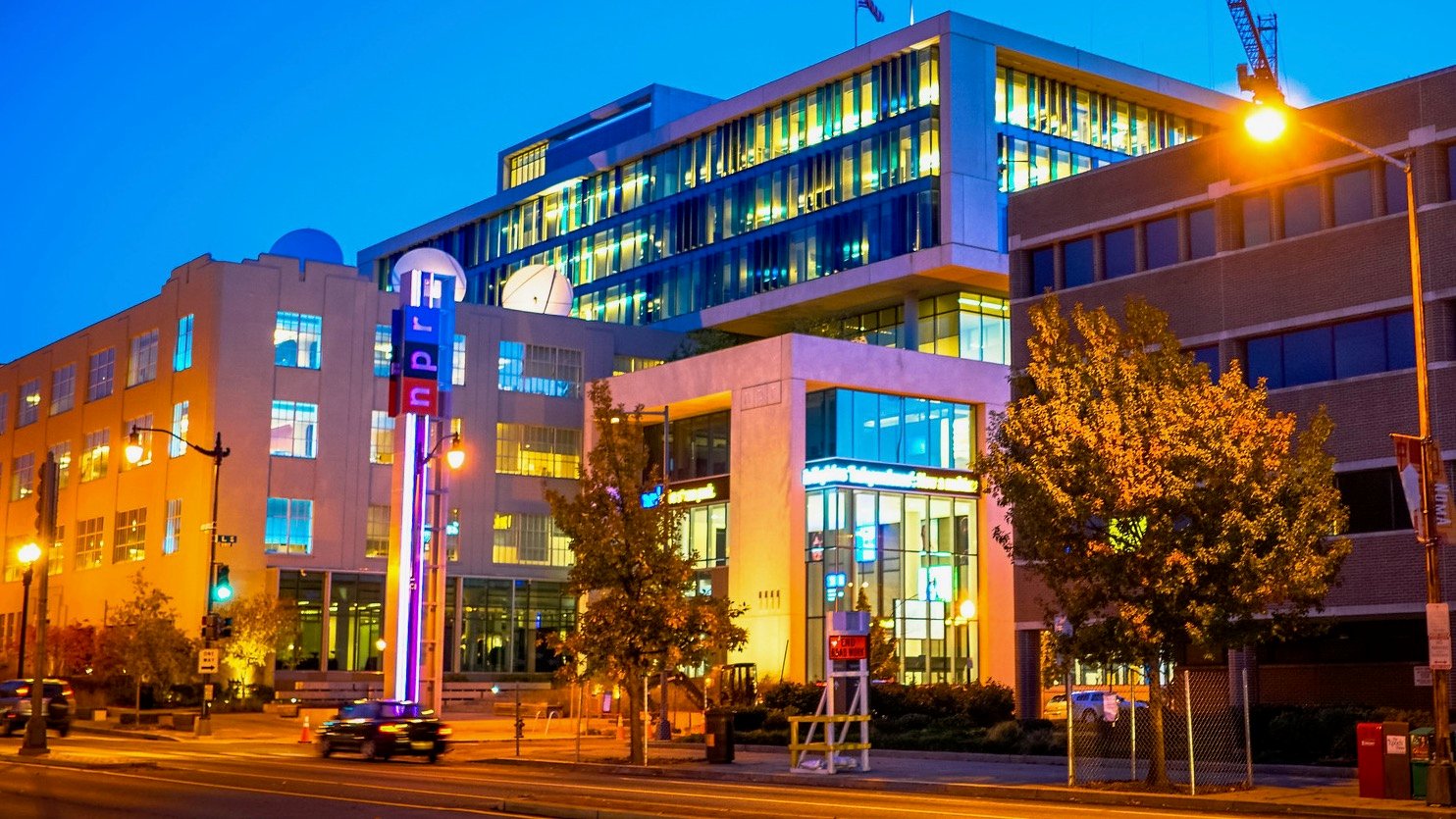PRPD plans study of millennials
The Program Radio Program Directors Association is teaming up with Jacobs Media and stations to better understand millennial consumers of public radio.
A report next year from PRPD and Jacobs Media will examine the media millennials consume, what they expect from news outlets, their level of satisfaction with news media, and their perception and use of public media, according to PRPD President Jody Evans.
“We know the US demography will continue to shift away from the traditional public radio audience,” Evans wrote in an email to PRPD members. “We know that our existing talent pool, on the aggregate, will continue to age and both retirement and a competitive job market will have an impact. We don’t know what the future will bring, but we can prepare and better preparation provides a wider range of options.”
The organizations are seeking station investors to help with the research.
“The bias will be heavily tilted toward helping stations devise local, actionable responses for programming, engagement and revenue generation,” she wrote.
Research shared at this year’s PRPD conference showed that NPR is seeing a decline in listeners under 55 and that millennials spend more time listening to podcasts than the average public radio listener.
Related stories from Current:






Certainly I am very glad to hear this. I think there’s been a lot of talk about how to get millennials to listen to public radio but there’s been too much anecdote and not enough hard research. Granted, I’m as guilty of this as anyone, and certainly I acknowledge that even now the question of HOW to really “research” Millennials is a very complicated question; techniques that have worked well for previous generations are often obsolete today.
FWIW, one thing I would like to point out is that many, many public radio stations are based at colleges. Yet all too often I don’t see this obvious method of deep-diving into college-aged Millennials being tapped. Yes, it’s going to be a deep-dive into a self-limited population. But let’s be honest, public radio could do worse than to learn how to better serve Millennials who’re college-educated and come from backgrounds that enable them to afford a college education. Yes, yes, there’s danger in going too far and ONLY looking at this population, but there are worse places to start. “Low-hanging fruit” and all that.
I think of this because (and again, anecdotes vs data) of my own experience at WEOS on the campus of HWS Colleges, where I can’t tell you how many students would come around the week of graduation with their parents and stop by and see the radio station as they show their parents around the campus for the last time before commencement, and the kids would love the place and lament how they never realized they had such a cool radio station on campus. ARRRRRRRRGGGHH!!!! That was, to me, a big warning sign that I needed to be more proactive about being visible on campus to get those kids excited about radio BEFORE they’d already spent four or five years there.
Again, anecdote vs data, but I suspect a lot of “serious” public radio stations owned by colleges are leery of involving students too much in their operations because they’re afraid…and not without justification…of setting expectations amongst the academics that the station will always accept students…even students who aren’t appropriate/interested…and may be required to accept them in increasingly-intrusive roles.
Or required to provide news coverage or, worse, airtime for college events that are wildly inappropriate for the station’s audience. Every professor or admin person believes their event is the most important thing the college has ever done, and also believes that when tickets aren’t selling that the station should provide fifty underwriting spots a day for the next five days until the event because surely that will improve ticket sales, right? Or that the local expert on underwater sign language must be broadcast live during drive time because it’d be disrespectful to that expert not to. Or the Athletic Director (to whom the President answers to, not the other way around) who’s convinced that there’s millions of alumni who’ll donate billions of dollars if the station broadcasts the college’s left-handed, rugby-style checkers games.
These are all real concerns (trust me) but I think public radio is wasting a prime opportunity to both learn more about future generations AND maybe get them interested in public radio at an earlier time in their lives.
There’s something like this happening now in Las Vegas with the possibility of Nevada Public Radio taking over UNLV’s KUNV, which after several years of keeping students on the station’s HD-2 signal is giving them evening time slots for indie rock and hip-hop on what for the last two decades has been a jazz station (both mainstream and “smooth”). Nevada PR wants to make the station AAA and involve students, but I wonder if they want to involve them as air talent.
And in Chicago, Vocalo, Chicago Public Media’s great experiment in trying to attract millennials to public radio, especially non-white millennials, seems to be nearing an end point, since WRTE, the lower-power Hispanic-oriented station based on the Near South Side that CPM acquired to give Vocalo a bigger city presence (and they moved the station to another frequency and got a higher tower so that it now reaches most of the city’s hipster areas), is now simulcasting the very 65+-friendly jazz/blues/folk/old-time radio format of WDCB in suburban Glen Ellyn (which CPM doesn’t own). Which makes me wonder if WBEW, the 50kw station in northwest Indiana that’s been Vocalo’s home base from its inception, will soon be simulcasting DCB or returning to simulcasting WBEZ (which should not make northwest Indiana NPR station WLPR very happy).
I can’t speak much to KUNV nor Vocalo, but I can say…again, anecdote vs data…that it’s eminently possible to create an environment where “traditional” college students can have a “fun student activity” at a radio station (either licensed or web-only) AND still have a framework where students who show the drive, initiative and talent can participate in meaningful roles at a public radio station.
However, as the Bard says, the rub is that it takes effort and money to do that. Most colleges who sell off their student radio stations aren’t interested in investing the manpower and money into creating a web-only outlet that provides a comparable learning experience. They’re usually interested in minimizing costs while cashing in on the sale. For many years, a lot of college radio stations…despite having largely insufficient budgets for their needs…still had bigger budgets than the rest of all student activities COMBINED. Doing radio “right”…whether online-only or not…is an “expensive” proposition in comparison to most student activities. Especially when the station typically only *directly* benefits a very small student population (50 to 150 volunteers at a given station, usually); the benefits to “listeners” is often heavily discounted by administrations because it doesn’t really serve most colleges’ core mission. Off-campus listeners are meaningless because they don’t pay tuition. Only student listeners (and maybe faculty/staff) really matter and it’s damn hard to garnish a big enough percentage of them to be a force to be reckoned with.
The good news is that these costs…seemingly so “high” to an administration…can be fairly minimal to any moderate-sized public radio station. The man-hours are roughly equal to a half-time position, maybe full-time if you want to get fancy. The raw cost outlays shouldn’t be more than $25-50k/yr and often a lot of that can get rolled into other established budget line-items (like promotional swag/premiums, travel costs, equipment costs, etc). While certainly not “free” and not even “cheap” to a small station, these are not break-the-bank numbers. Especially if you can get some extra financial support from a parent college to help defray some of the costs.
Flo Rogers, CEO of NVPR here: if you’d like to read our “explainer” on the agreement negotiated between the UNLV, NVPR and the NV System of Higher Education (the licensee) re: KUNV you’ll find it here: http://knpr.org/about/kunv – there’s contact information on that page if you have additional questions.